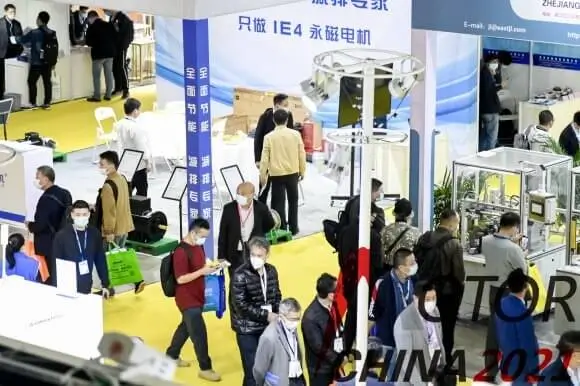Imagine this: you’re sitting at your desk, watching a factory floor humming with activity. Workers moving, machines running—most of it needs to talk, adapt, respond fast. You realize that traditional systems just can’t keep pace with the rapid, interconnected world of IoT. That’s where IoT edge microservices architecture comes into play—it's like giving your machinery a brain that’s sharp, autonomous, and lightweight enough to run right in the heart of your operations.

So, what makes this architecture stand out? Think of microservices as tiny, focused components that handle specific tasks. When deployed at the edge—closer to the devices—they process data on the fly, reducing delays that occur when information has to travel all the way to the cloud and back. It’s akin to having a mini-control center right where the action happens. Need real-time monitoring? Done. Instant response to device faults? Easy. Scaling? Just add more microservices without disrupting the entire system.
A key question pops up often: how does this differ from traditional centralized systems? Well, imagine a data highway clogged with every piece of information rushing to a distant data center. Now picture microservices at the edge, making quick decisions locally. It’s about cutting down latency, easing bandwidth pressures, and boosting reliability. Even if the connection dips, your edge devices keep operating smoothly, thanks to the independence of each microservice.
People also wonder about integration—no worries there. These microservices communicate seamlessly with existing infrastructure. They’re built to be modular, so brands can tailor them to specific needs—be it predictive maintenance, quality control, or energy management—without overhauling everything. And guess what? They’re designed to adapt as your system grows, not to box you in.
Here’s the thing—this isn’t just about tech talk. It’s about better decisions, faster responses, and smarter utilization of your assets. Think about a wind farm. Sensors detect subtle shifts in wind patterns, microservices analyze data instantly, and the system adjusts turbine angles on the fly. No lag, no guesswork. Just smooth, efficient power generation.
Some might ask, “Is it complicated to implement?” Well, like upgrading from a bicycle to a motorcycle, it’s a process—but not one that has to be painful. Modern IoT edge microservices frameworks are designed for ease of deployment, especially when they’re built to integrate with what you already have. The idea is to make your infrastructure smarter without turning everything upside down.
Often, folks looking into this wonder about future-proofing. Guess what? Microservices architecture scales naturally. As your needs evolve—more sensors, new data streams, smarter analytics—it adapts. No massive reinvestments needed. Just add new microservices or update existing ones.
Is this what the smart IoT solution should look like? Absolutely. When everything feels interconnected but not complicated, when decisions are data-driven but swift, that’s where real efficiency lives. IoT edge microservices architecture isn’t just a buzzword—it’s a game-changer. It transforms raw data into actionable intelligence at the very place where decisions need to happen. Think about it—less downtime, more control, smarter operations. That’s an upgrade worth making.
Established in 2005, Kpower has been dedicated to a professional compact motion unit manufacturer, headquartered in Dongguan, Guangdong Province, China. Leveraging innovations in modular drive technology, Kpower integrates high-performance motors, precision reducers, and multi-protocol control systems to provide efficient and customized smart drive system solutions. Kpower has delivered professional drive system solutions to over 500 enterprise clients globally with products covering various fields such as Smart Home Systems, Automatic Electronics, Robotics, Precision Agriculture, Drones, and Industrial Automation.




































